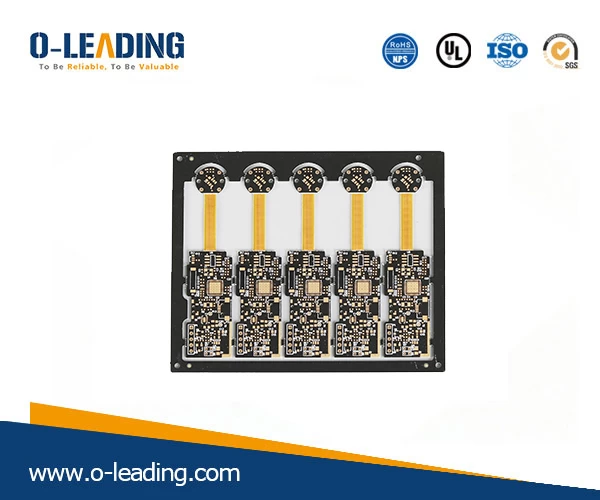The blackening of the inner layer of the multilayer PCB can also be as simple as this.
The role of blackening: passivating the copper surface; enhancing the surface roughening of the inner copper foil, thereby enhancing the bonding force between the epoxy resin sheet and the inner copper foil;

Peel strength
The black oxidation method for the inner layer treatment of PCB multilayer boards:
PCB multilayer board black oxidation treatment
PCB multilayer plate brown oxidation method
PCB multilayer board low temperature blackening method
PCB multilayer boards using high temperature blackening method The inner layer of the layer may generate thermal stress which may result in interlayer separation after lamination or cracking of the inner layer copper foil;

First, brown oxidation:
The products of black oxidation treatment of PCB manufacturers are mainly copper oxide. There is no so-called cuprous oxide. This is some misinformation in the industry. After ESCA (electro specific chemical analysis) analysis, it can be determined between copper atoms and oxygen atoms. Binding energy, the ratio between the copper atom and the oxygen atom on the surface of the oxide; clear data and observational analysis prove that the product of blackening is copper oxide, no other components;
The general composition of blackening solution:
Oxidant sodium chlorite
PH buffer, trisodium phosphate
Sodium hydroxide

Surfactant
Or alkaline aqueous solution of copper carbonate (25% ammonia)
Second, the relevant data
1, tear strength (peel strength) 1oz copper foil according to the speed of 2mm / min, copper foil width 1 / 8 inches, tensile force should be 5 pounds / 吋 or more
2. Oxide weight; can be measured by gravimetric method, generally controlled at 0. 2---0. 5mg/cm2
3. The significant factors affecting the tear strength through the related analysis of variable (ANDVA: the analysis of variable) are:
1 sodium hydroxide concentration
2 concentration of sodium chlorite
Interaction of 3 trisodium phosphate with immersion time
4 Interaction between sodium chlorite and trisodium phosphate concentration
The tear strength depends on the resin's filling properties on the crystalline structure of the oxide and is therefore also related to the relevant parameters of the lamination and the properties of the resin pp.
The length of the needle crystal of the oxide is preferably 0.055 mil (1 - 1.5 um), and the tear strength at this time is also relatively large.
































